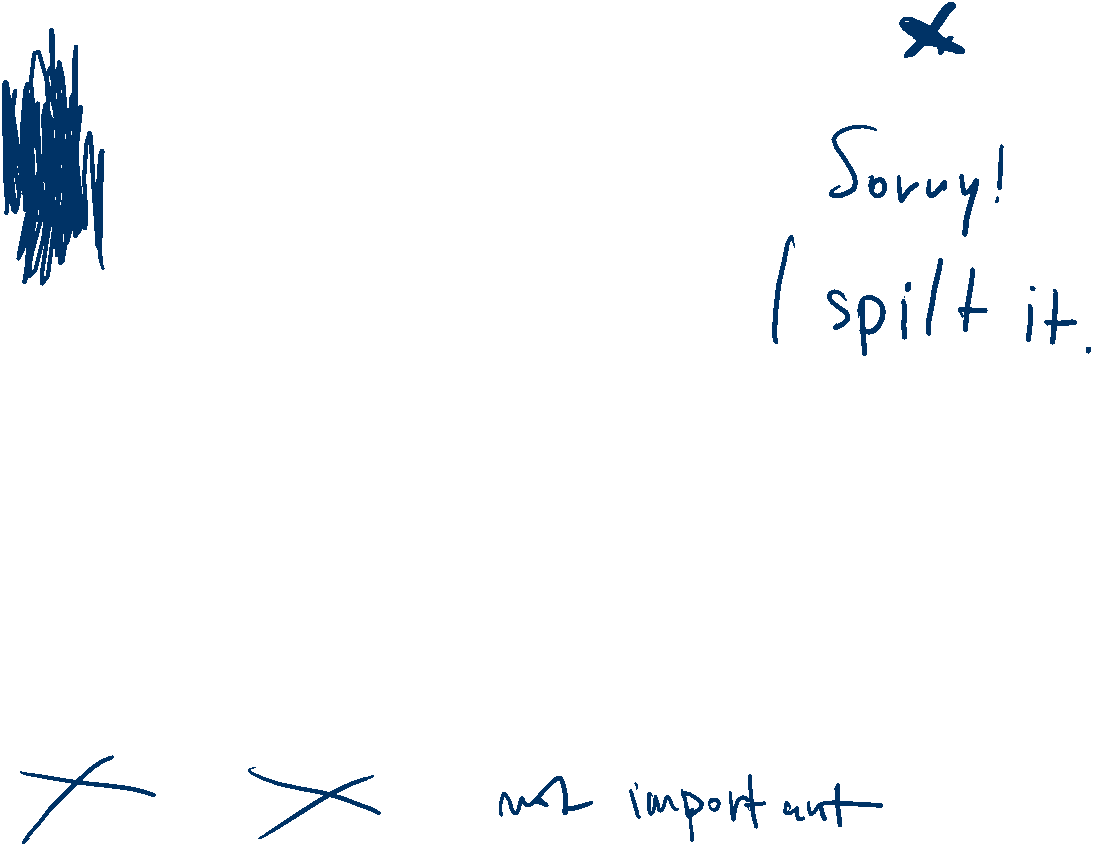American troops were attacked an additional eight times since Friday morning by one-way attack drones and rocket barrages in Iraq and Syria as US forces face ramped up attacks by Iranian-backed groups.
The new incidents – one on Friday afternoon, another on Saturday, five more on Sunday and one on Monday morning – mark a total of at least 38 attacks on US and coalition forces in those two nations since October 17, just days after the start of a bloody war between Israel and Hamas.
CNN has reported that Iran is seeking to capitalize on the backlash to US support for Israel, and while Tehran may not be explicitly directing the groups’ attacks, it does appear to be encouraging them. While the increase in attacks started after the brutal attack by Hamas on Israel on October 7, Pentagon officials have declined to draw a direct correlation between the increase in attacks and the conflict in Gaza, saying instead that Iran has long sought to force the US from the region.
“Iran’s strategic objective for a very long time, way before October 7, was to force US forces to withdraw from the region,” a senior defense official said on October 30. “We have maintained tens of thousands of US forces across the region for decades. We have increased our air defense posture. Most of these attacks have been unsuccessful. But Iran’s strategic objective has not changed.”
The dozens of attacks have largely focused on US and coalition forces at Al-Asad Airbase, Iraq, and al-Tanf Garrison, Syria, with some attacks near Mission Support Site Green Village in Syria; Bashur, Iraq; Mission Support Site Euphrates, Syria; Erbil Airbase, Iraq; Shaddadi, Syria; Rumalyn Landing Zone, Syria; and Tall Baydar, Syria.
On Friday afternoon, a one-way attack drone was shot down near Shaddadi, Syria, with no casualties or infrastructure damage reported, a US official updated on Monday. On Saturday morning, another one-way attack drone was shot down near Shaddadi with no casualties or infrastructure damage reported.
The attacks increased in frequency on Sunday totaling five separate incidents; one-way attack drones were shot down near Tall Baydar, Syria; al-Tanf Garrison, Syria; and three times near Al-Asad Airbase, Iraq. One attack on Al-Asad also included a multi-rocket attack alongside multiple one-way attack drones.
Another one-way attack drone was shot down near Tall Baydar, Syria, on Monday morning. None of the attacks over the weekend resulted in casualties or damage to infrastructure, according to the US official.
“Most of these attacks were successfully disrupted by our military,” the US official said. “Most failed to reach their targets, thanks to our robust defenses.”
While recent attacks haven’t appeared to result in any injuries to US forces, attacks before the US’ response on October 26 have resulted in more than 40 minor injuries so far, including 20 diagnoses of traumatic brain injury (TBI).
The Pentagon said Monday that the number of US troops who have reported injury due to the increasingly frequent attacks have grown — more than 20 additional people have reported minor injuries, Pentagon spokesman Brig. Gen. Pat Ryder Ryder said.
The Pentagon last said on October 25 that 21 US military personnel had reported minor injuries.
Five more service members at al-Tanf Garrison in Syria have been diagnosed with a traumatic brain injury and another 10 people were diagnosed with other minor injuries, which Ryder said can include “shrapnel, headaches, perforated eardrums, tinnitus, rolled ankle, etc.” In Iraq, 10 people have been diagnosed with minor injuries — nine at al-Asad Airbase and one at Erbil Airbase.
Ryder also added that of US troops who had previously been diagnosed with TBI and returned to duty, two have since been transported to Landstuhl, Germany, for further examination. They are in stable condition, Ryder said, and the evaluation is “out of an abundance of caution.”
Ryder added that all of the injuries came before the US strikes on facilities used by Iranian-backed groups on October 26.
“So, this can happen for a number of reasons — individuals initially dismissing the severity of the injuries they’ve sustained, either from a direct blast or non-direct blast, can delay reporting or seeking of treatment, or symptoms presenting themselves after initial reporting can cause personnel to seek care at a later date,” Ryder said. “So, the reporting data is highly dependent on self-reporting when injuries are not visually evident to medical personnel providing care directly following an incident.”
In clear messaging to Iran and its proxies in the region who may seek to further exacerbate the volatile events in the Middle East, the US has deployed significant firepower including two Navy carrier strike groups, various aircraft including F-16 and F-15 fighter jets, and roughly 1,200 US troops including those attached to deploying Patriot and Terminal High Altitude Area Defense (THAAD) batteries. And this weekend, US Central Command made a rare announcement that a US guided-missile submarine had arrived in the Middle East.
Speaking after US strikes on facilities used by Iran-backed groups, the senior defense official told reporters that Iran is “at the center of gravity for what we’re seeing.”
“So yes, there is a direct tie between the militia groups and all the front organizations that claim responsibility for attacks against US personnel,” the official said. “But the core point here is that Iranian fingerprints are all over this. Iran would seek to hide behind some deniable plausibility, and we are holding them accountable.”
“I’d direct you to Iran about the reason they continue to allow their proxies to attack US forces,” the senior defense official said on October 30. “And let me be clear: We’re going to continue to respond when the president decides that’s necessary for U.S. force protection.”




